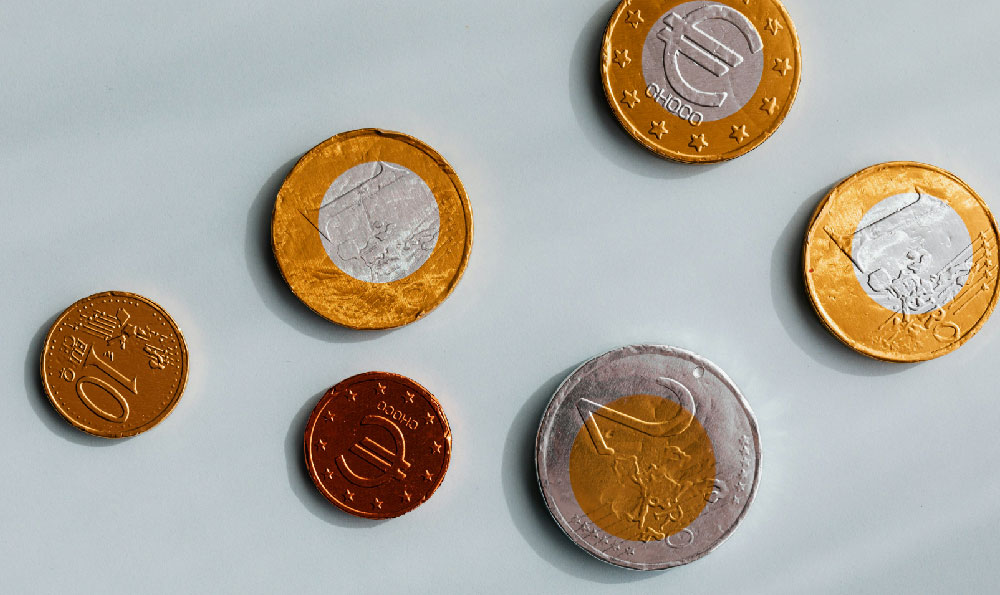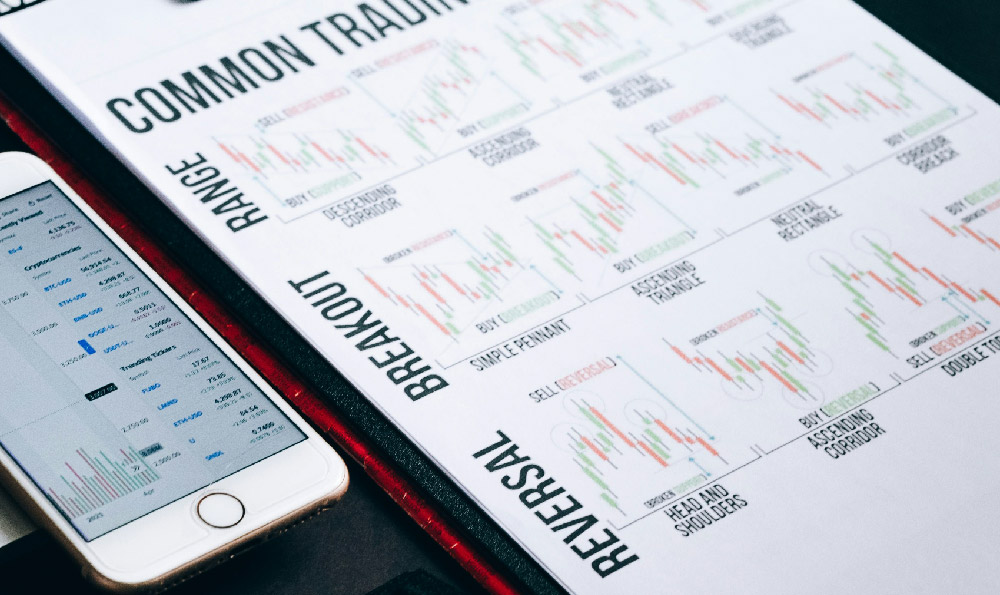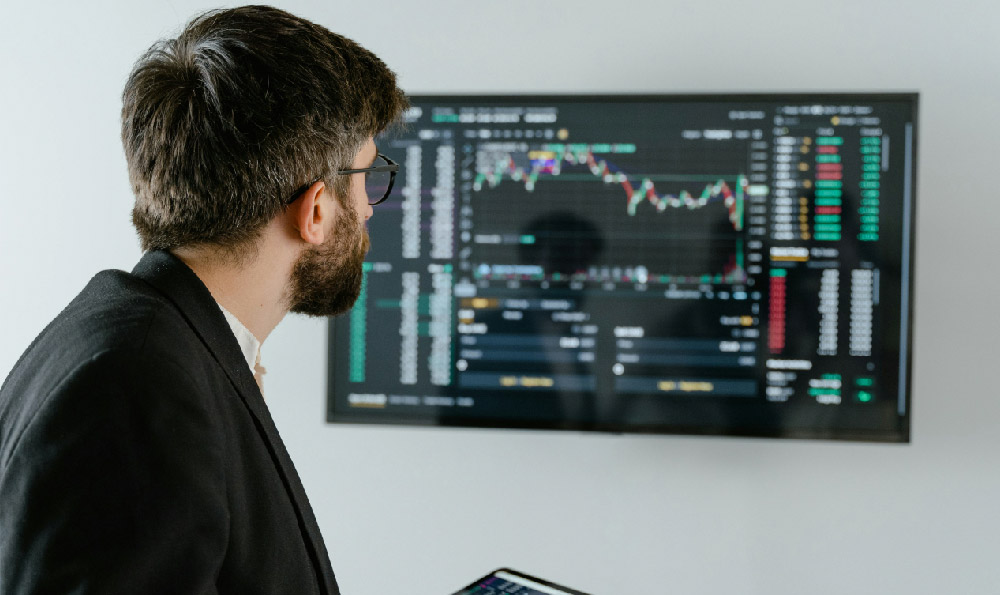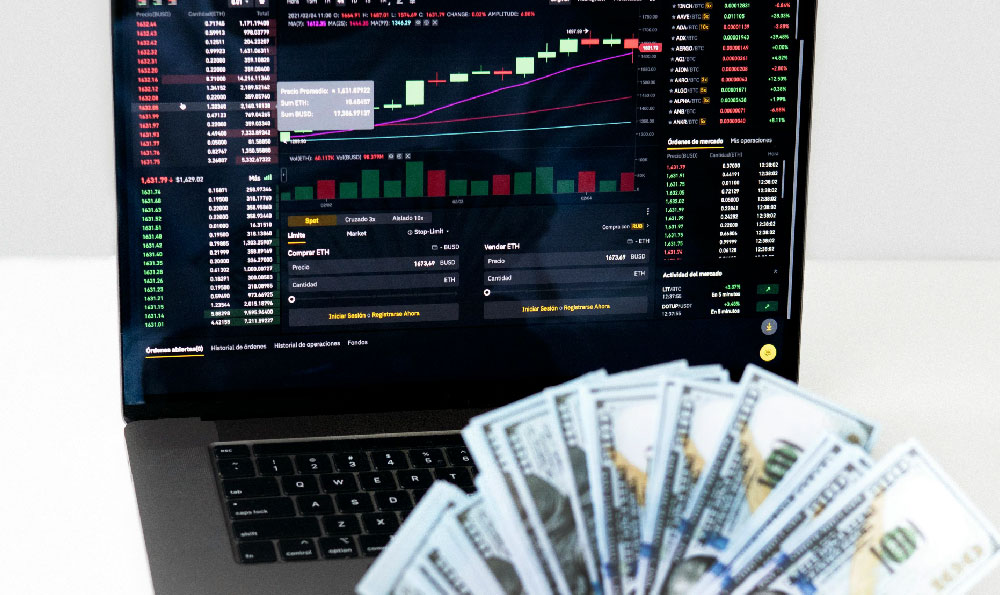Okay, let's break down how to approach investing $100,000 in the crypto space, keeping in mind that this is a high-risk, high-reward environment that demands a blend of strategic thinking and careful risk management. This is not a "get rich quick" scheme, but a long-term wealth-building endeavor that necessitates patience, discipline, and continuous learning.
First and foremost, the most critical step is determining your risk tolerance and investment horizon. A young professional with a stable income and a long-term outlook can afford to take on more risk than someone nearing retirement. Are you comfortable with the possibility of seeing your investment drop by 30%, 50%, or even more in the short term? Can you stomach the volatility inherent in cryptocurrency markets? Your answers to these questions will dictate the types of assets you should consider and the allocation strategy you should adopt.
Assuming a moderate risk tolerance and a long-term investment horizon (5+ years), let's explore a diversified approach. Diversification is paramount in crypto because no single asset is guaranteed to perform well, and the market is constantly evolving. Instead of putting all your eggs in one basket, spread your investment across different categories of cryptocurrencies.

A significant portion (perhaps 40-50%) of your portfolio should be allocated to established cryptocurrencies like Bitcoin (BTC) and Ethereum (ETH). These are the "blue chips" of the crypto world, with the largest market capitalizations, the highest levels of liquidity, and the most established network effects. Bitcoin, as the first and most well-known cryptocurrency, serves as a store of value and a hedge against inflation for many investors. Ethereum, on the other hand, is the leading platform for decentralized applications (dApps), smart contracts, and decentralized finance (DeFi), giving it immense potential for future growth. Investing in these assets provides a solid foundation for your portfolio and reduces overall risk. Don't just blindly buy and hold, though. Consider a dollar-cost averaging (DCA) strategy, where you invest a fixed amount of money at regular intervals (e.g., $5,000 per month) regardless of the price. This helps mitigate the impact of volatility and smooth out your returns over time.
Next, consider allocating 20-30% to layer-one alternative coins (altcoins). These are cryptocurrencies that have their own independent blockchains, competing with Ethereum in terms of smart contract functionality and scalability. Examples include Solana (SOL), Cardano (ADA), Avalanche (AVAX), and Polkadot (DOT). These projects often offer faster transaction speeds, lower fees, or other unique features that attract developers and users. Investing in these altcoins offers the potential for higher returns, but also comes with higher risk due to their smaller market capitalizations and increased susceptibility to market fluctuations. Do thorough research on each project, understanding its technology, its team, its community, and its competitive landscape before investing. Don't fall for hype or marketing spin; focus on fundamental analysis.
A smaller portion (10-20%) can be allocated to emerging trends within the crypto space, such as decentralized finance (DeFi), non-fungible tokens (NFTs), or the metaverse. DeFi protocols offer opportunities to earn passive income through lending, staking, and yield farming. NFTs are unique digital assets that represent ownership of items like art, collectibles, and virtual land. The metaverse refers to immersive virtual worlds where users can interact with each other and digital assets. While these areas offer tremendous potential for growth, they are also highly volatile and subject to regulatory uncertainty. Only invest what you can afford to lose in these speculative assets, and be prepared for significant price swings.
The final 10% should be reserved as dry powder – cash that you can use to take advantage of market dips or invest in promising new projects. Market corrections are inevitable in the crypto space, and having cash on hand allows you to buy assets at discounted prices. Also, new and innovative projects emerge constantly, and having dry powder allows you to participate in potentially high-growth opportunities.
Beyond asset allocation, it's crucial to choose a reputable cryptocurrency exchange or custodian to store your assets. Look for exchanges with strong security measures, insurance coverage, and a proven track record. Consider using a hardware wallet (also known as a cold wallet) to store the majority of your holdings offline, providing an extra layer of security against hacking and theft. Regularly review your portfolio and rebalance as needed to maintain your desired asset allocation. The crypto market is dynamic, and your investment strategy should adapt to changing conditions.
Finally, and perhaps most importantly, educate yourself continuously. The crypto space is constantly evolving, and staying informed about new technologies, regulatory developments, and market trends is essential for making sound investment decisions. Read reputable news sources, follow industry experts on social media, and participate in online communities. Be wary of scams and Ponzi schemes, which are prevalent in the crypto space. Never invest in something you don't understand, and always do your own research. Remember that past performance is not indicative of future results, and that all investments carry risk. Treat this investment as a marathon, not a sprint, and focus on building a diversified portfolio that aligns with your risk tolerance and investment goals. Due diligence, combined with patience and a long-term perspective, are your best allies in the world of crypto investing.












